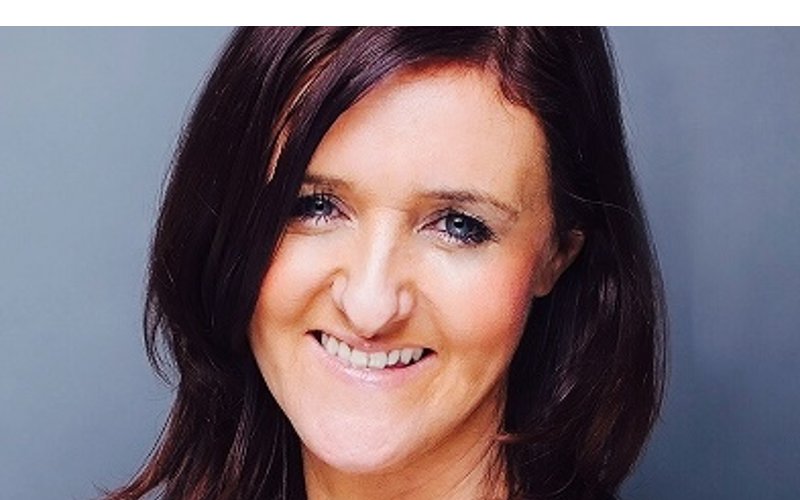
If 2021 was the year for house purchase, boosted by the stamp duty holiday, 2022 will see an uplift in remortgaging.
According to UK Finance, remortgage activity will “pick up modestly” this year but “accelerate somewhat in 2023”. This is due to the growth in popularity of 5-year fixed rates deals taken out in 2016/2017, which are set to mature and become eligible for refinancing.
To illustrate this even further, CACI is estimating £120bn is due for refinancing in the first half of 2022. It is highly anticipated that a large chunk of remortgage business will be product transfers.
Product transfers
UK Finance figures show there were 1,171,500 product transfers in 2020 representing £168.3bn of mortgage borrowing that was refinanced with the same lender.
Full 2021 figures are not yet available but in the first quarter of last year there were 324,200 product transfers (PTs). This just goes to show how big the PT and remortgage markets are, and these up-and-coming mortgage maturities will bring fresh opportunities for brokers.
Product transfers are increasing in popularity and in some circumstances are outstripping remortgage activity with many borrowers going direct to their lender to switch products on a like-for-like borrowing basis. PTs are often completed as an execution-only transaction.
One of the issues with PTs and execution-only is that any potential additional borrowing needs are unlikely to have been considered. Mortgage brokers with effective client contact strategies have an opportunity to revisit their clients future borrowing needs.
A holistic approach to advice including a range of financial products is particularly important in today’s environment. This ensures borrowers are given the most appropriate advice including the consideration of second charge mortgages.
Changing circumstances
There will be a significant number of borrowers whose personal circumstances may have changed in the past couple of years due to the COVID pandemic. This could negatively impact upon borrowers’ eligibility for high street mortgage rates.
This is a great example of where a product transfer could really benefit the borrower whilst using a second mortgage to meet any further borrowing needs.
Higher mortgage rates
With mortgage rates being historically low, many people are benefitting from attractive mortgage deals. This is illustrated by UK Finance data which shows that in Q3 2021, 62% of borrowers were paying less than 2% above Bank of England base rate (which was 0.1% then) and 27% were paying between 2% and 3%.
Now that the UK is entering a rising interest rate environment there is an increasing possibility that if borrowers want to remortgage solely for the purpose of raising additional capital, the current availability of mortgage deals may turn out to be a more expensive option. This means it may also make sense to keep the existing first charge mortgage arrangements in place and take out a second charge for capital raising.
Mortgage rates are also likely to go up further this year especially as base rate has now moved twice in the space of six weeks to 0.5% and is predicted to go up again to curb inflation.
Shortage of housing
Potential UK house buyers are currently facing a housing supply shortage with not enough new homes being built and fewer homes for sale coming to market.
According to Propertymark, the average number of home hunters registered with estate agents in December 2021 was 461 – the highest number on record. Conversely, the supply of properties on agents’ books fell to an average of 19, also the lowest on record and 42% down from December 2020.
This lack of supply, coupled with the need by many homeowners for more space, has led to people deciding to stay put and improve their own property instead. At West One, home improvement loans continue to be the second most popular reason for taking out a second charge mortgage.
In 2021 our average loan size for home improvements exceeded £65,000 which is reflective of the number of borrowers using second charges to finance larger home improvements such as extensions.
In addition, we are seeing increased demand from borrowers who own higher valued homes and are benefitting from the flexibility of larger loan sizes that second charges can offer to facilitate more high-end home improvement projects.
Another observation has been the increase in people using second charges to buy holiday homes and buy-to-let properties. Funds are often raised towards a deposit or quite often an outright purchase which is increasingly popular amongst higher earning borrowers.
Interest-only mortgages
Brokers should also be aware of borrowers with interest-only mortgages because if they want to take a further advance, many lenders will insist the borrower moves the whole borrowing onto a repayment mortgage.
This can therefore become an expensive way of raising in some instances a relatively small amount of borrowing and should definitely be a scenario where a second charge is considered.
The changing face of the mortgage market does highlight the need for mortgage intermediaries to adapt to the evolving needs of borrowers; and brokers should always consider second charge as a valid option alongside other mortgage products. After all, from a best advice perspective, it could be the answer your clients are looking for.



